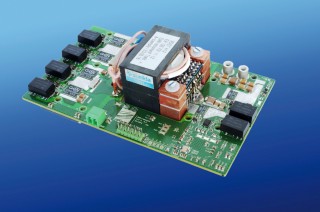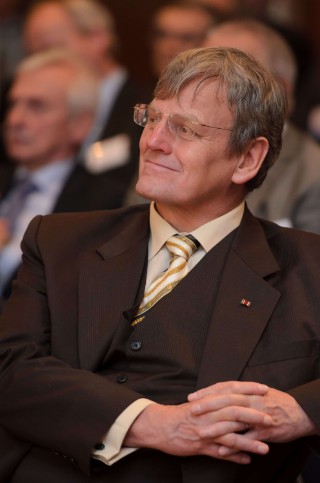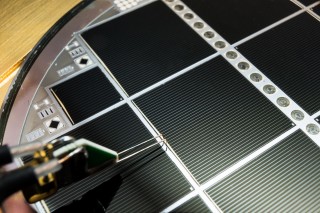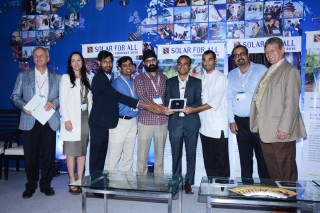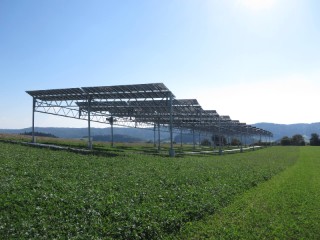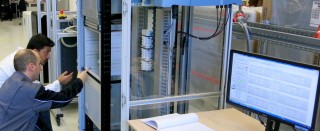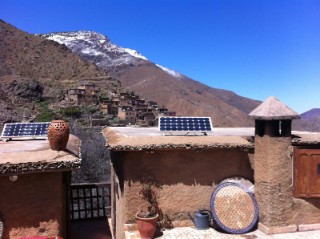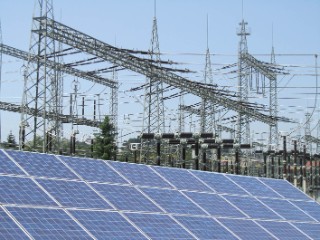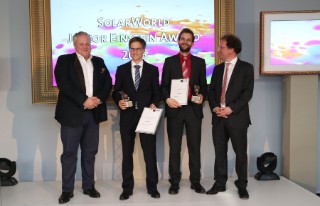Press Release #26 / 2016
Fraunhofer ISE Develops SmartCalc.CTM – New Software Analyzes Power Losses in the Production of Solar Modules
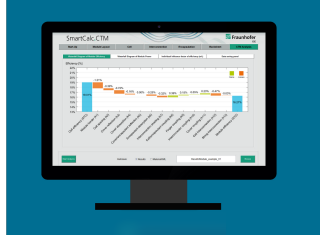
Research and industry invest lots of know-how in improving solar cell efficiency. In order that PV modules benefit from the advances in cell efficiency, the cell-to-module integration process must be performed reliably with low losses. With this in mind, the photovoltaic module group at Fraunhofer ISE developed the software SmartCalc.CTM, which enables manufacturers of PV modules and materials to optimize the assembly and material combination in a PV module, before fabricating a prototype.
more info